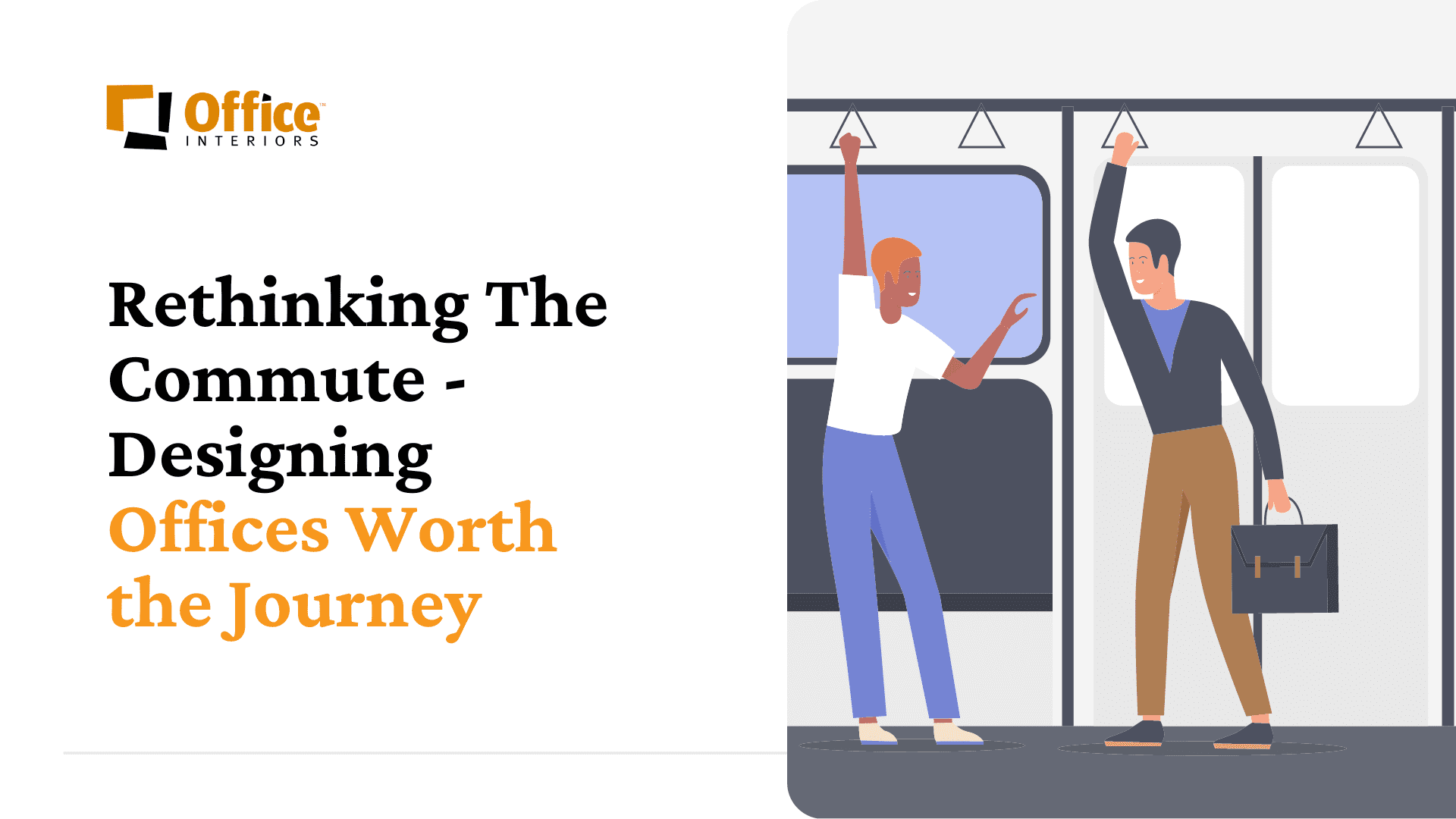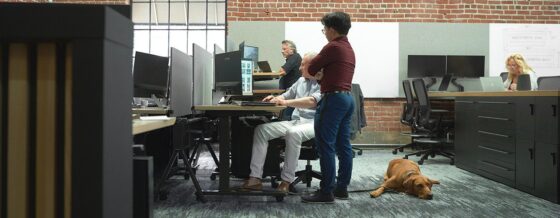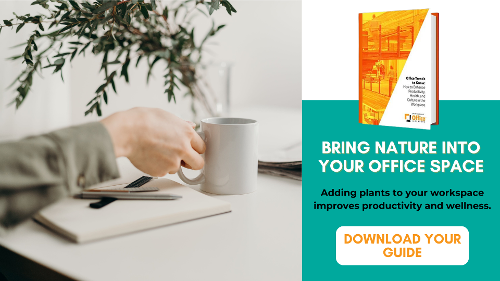The way we work has significantly changed compared to the pre-pandemic times. The move towards more flexible work arrangements has reshaped our expectations of when and where we work, creating a challenge for those considering a full-time return to the office.
Research suggests that extended commute times top the list of reasons employees hesitate to return to the workplace. However, it’s essential to recognize that commuting can bring unique opportunities for relaxation, improved work-life balance, and heightened productivity, provided it’s approached with the right mindset.
This article aims to unpack the psychology of the commute, highlighting its potential benefits, and explores how companies can strike a balance between accommodating employee preferences and making their office spaces worthy of the commute.
What’s The General Perspective on Commuting?
When people are asked about their daily commute to work, the prevailing response tends to be negative. Many individuals perceive commuting as a bothersome and inefficient use of time. Lengthier commutes are linked to lower work satisfaction, while shorter commutes tend to have the opposite effect. Surprisingly, despite a year of working from home during the pandemic, our job satisfaction continued to decline.
Why is this the case? Reduced in-person interactions contribute to a portion of it. The burnout and loss many of us have experienced play a significant role as well. However, we believe that misplacing our commutes has also played a contributing role.
Before Covid, our commutes were woven into our daily rituals. Rituals, ingrained in human behaviour since immemorial, add stability and certainty to our otherwise unpredictable world. Morning showers and the Friday tradition of bringing donuts to work are examples of rituals. Simply put, a ritual is a repetitive process at fixed times that introduces stability and certainty, alleviating feelings of grief and anxiety and bolstering confidence.
So, let us think about your commute and how something seemingly routine can positively influence your mind and body.
Finding the Silver Lining
A Clear Start and End to The Workday
Commuting is a transitional phase for individuals moving between home and workplace. Physically leaving the office or starting the journey back home establishes a clear boundary between these two spheres. This distinction helps play a crucial role in maintaining a healthy work-life balance by preventing work-related stress from permeating into one’s personal life. The concept of commuting is to encourage work detachment, enabling employees to foster a better work-life balance through a transitional period that effectively separates work from home.
A Shared Experience
How frequently do you find yourself conversing with your coworkers about the daily commute or sharing frustration about the traffic on the way to work? These conversations might seem mundane, but they tap into a universal experience. Whether navigating traffic, dealing with delays, or sharing stories of biking through the rain, these everyday challenges connect us. These shared experiences foster understanding and support and create a sense of community. Whether for a day, week, year or even a decade, you are united by a common struggle, drawing you closer together. This shared bond enhances your ability to be better colleagues and solidifies a social contract among you.
Acknowledging the Challenges
Commuting, much like any form of travel, comes with its own set of advantages and disadvantages, influenced by factors such as transportation method, distance, time spent, and overall context. As highlighted earlier, prolonged commutes have been linked to various adverse health effects, encompassing reduced physical fitness, heightened stress levels, and increased exposure to pollution.
Extended commutes consume a significant portion of individuals’ daily schedules and pose a challenge to their overall well-being. According to Statistics Canada, in 2021, Canadians spent at least 60 minutes commuting to work daily. This continuous time investment deprives individuals of valuable moments they could otherwise spend on activities like exercise, personal hobbies, or quality time with family. Additionally, longer commutes often translate into financial costs, including transportation expenses, fuel consumption, and parking fees, which can strain individual budgets.
Recognizing these challenges is pivotal for employers, especially as commuting remains a significant factor influencing employees’ reluctance to return to the office. To enhance the overall work experience, employers should actively address and alleviate the drawbacks associated with commuting. Striking a balance with hybrid work schedules and crafting a commute-worthy office space can help improve the work experience.
Striking a Balance with Hybrid Work
Rather than adopting a binary stance on commuting, the emphasis should be on finding a good balance. Employers can explore flexible work arrangements, incorporating remote options.
For insights into optimizing hybrid workplaces, check out Haworth’s Guide for The Hybrid Workplace, which delves into nine types of office settings designed to support your hybrid team.
The era of hybrid work has introduced new themes, such as flexibility and active seating, into the spotlight. It has also elevated the importance of classic themes like ergonomics, biophilia, acoustics, and lighting. These aspects are crucial for organizations looking to humanize office spaces….which brings us to our next point.
Crafting a Commute-Worthy Office Space
Investing in a thoughtfully designed office space remains pivotal. Strategic layouts, ergonomic furniture, and collaborative zones contribute to an environment that fosters creativity, teamwork, and overall job satisfaction.
Here are three commute-worthy workplace solutions to include in your next redesign:
- Flexible Work Environments: Create diverse work settings within the office, including open workstations for collaboration, private desks for focused tasks, meeting rooms for discussions, office pods for privacy, acoustic alcoves for concentration, and informal seating areas for casual discussions. This variety allows employees to choose the most suitable environment for their tasks, potentially increasing their preference for the workplace over remote work.
- Home-Like Comfort and Relaxation: Incorporate elements that evoke a sense of home comfort, such as ergonomic furniture, plush seating, and lounge furniture. Introduce natural lighting, soothing colour themes, and biophilic elements to create a calming atmosphere. By ensuring employees feel at ease, companies can enhance productivity, reduce stress, and foster a more relaxed work atmosphere, making the workplace more appealing.
- Modern Amenities for Engagement: Invest in state-of-the-art amenities like a fitness center for onsite workouts, a roof-top patio seating arrangement or a café area for social interactions. Integrating these amenities showcases a commitment to a modern and innovative workspace, boosting productivity, collaboration, and employee satisfaction and ultimately attracting employees back to the office.
Ready to Transform Your Office into One That’s Worth the Journey?
While commuting undeniably has benefits, prolonged journeys can take a toll on both health and valuable time. Investing in an office space that is inviting, comfortable and well-equipped with amenities transforms the commute into a worthwhile endeavour for team members. Businesses that prioritize creating commute-worthy workplaces provide a compelling incentive for staff to return to the office eagerly and cultivate a positive work environment.
At Office Interiors, we’ve assisted numerous clients in designing office spaces that enhance the employee experience. If the prospect of creating a workspace that attracts and retains top talent while improving job satisfaction is something that resonates with you, reach out to us. We would be happy to help.
Ahona Saha
Marketing Assistant
Office Interiors








